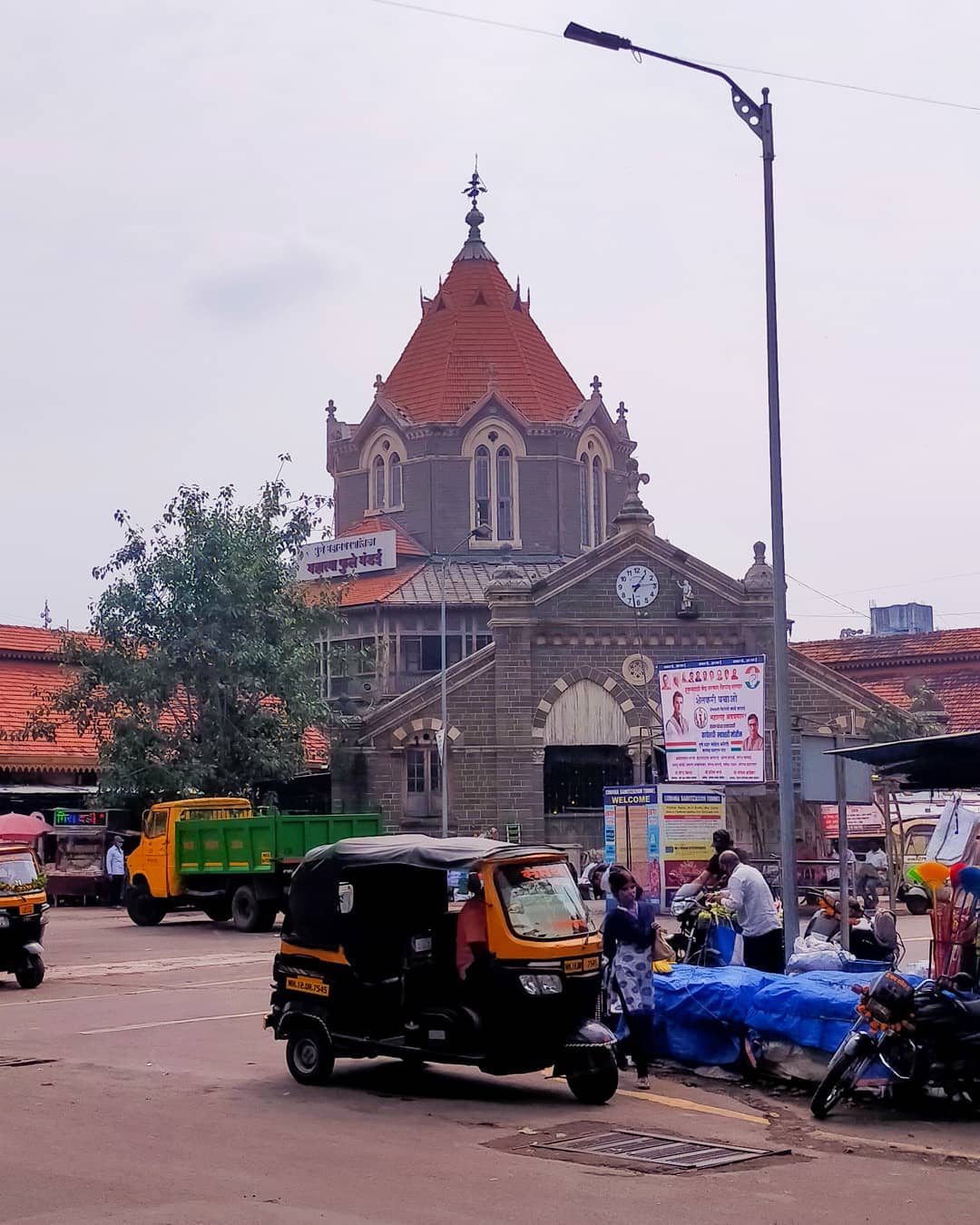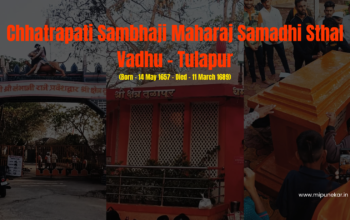The saying ‘Pune Tithe Kay Une’ is very meaningful! In terms of time, the stages of antiquity like Pataleshwar, Kasba Ganpati, Jogeshwari, Parvati, Shaniwarwada can be mentioned. But Punekar will never forget Mandai. Because she is their breadwinner. On October 5, 2011, the Mandai turned 150 years old! Before the Mandai, bazaars, etc. used to fill the courtyard in front of Shaniwarwada.
When there was no Mandai, four acres of private land was vacant in its place of “Barrister A. H. Khajgiwala”. Considering the growing population and needs of Pune, the municipality decided to set up a Mandai in 1882. He was opposed by some members like Mahatma Phule, Hari Raoji Chiplunkar. His role was to spend Rs 2.5 lakh on education. But the resolution was passed by a majority in favor of Mandai and construction began. The work was entrusted to Vasudev Bapuji Kanitkar. Kanitkar was an experienced contractor. He had earlier done ‘grand’ works like Pune Nagar Vachan Mandir, Anandashram, Ferguson College. Kanitkar started work as soon as he got the contract. He completed it in two and a half to three years. It cost Rs 3 lakh to build an octagonal Mandai with a tall tower.
Mandai Inauguaration & Name
The Mandai was inaugurated on 5 October 1886 at Thattamat by Lord Ray, Governor of the Mumbai District. Naturally, the market was renamed as ‘Ray Market‘. But as times changed, in 1940, Acharya Atre proposed a resolution to replace Lord Ray with ‘Mahatma Phule Mandai‘. Acharya Atre was the chairman of the standing committee in the municipality at that time. At the top of the Mandai is the Lord Ray Industrial Museum. The municipal office was also there. Earlier, the municipality had two rooms in an old mansion in Rasta Peth!

… and two more important things to say about the current Mandai. Before independence, a bust of Vishnushastri Chiplunkar was placed on the ground floor of Mandai by Mahatma Gandhi. But in the tense atmosphere that prevailed in Pune for three days after the assassination of Gandhiji in 1948, the statue was removed by a few marketers. Further, it was installed at the entrance of New English School on Tilak Road by Yashwantrao Chavan, the first Chief Minister of Maharashtra in the post-independence period. A few years later, he was taken to the high school premises for safety.
Statue Of Lokmanya Tilak
The reality of the second statue near the mandi is somewhat bitter. This unfortunate incident dates back to 1924. The full-length statue of Tilak was unveiled by Pandit Motilal Nehru. But it did not go smoothly. The statue was erected by the municipality for fifteen thousand rupees.
But he was also opposed by a few churches. It was a big surprise that these opponents must have been wealthy Assamese like Rugler R.P. Paranjape and poet Madhav Julian. Because he did not agree with the views of the people on social issues. The sculptor of this statue was an artist named Wagh. In the post-independence period, on Tilak Jayanti, according to the date, some organizations wear garlands on the statue. Moreover, some political meetings were held in front of the statue. Jedhe, Gadgil, Acharya Atre’s meetings used to be very crowded. In times of scarcity, many people used to go to the Mandai with bags in their hands to buy vegetables, fruits, sprouts, etc.
Times have changed a lot. Pune is currently a city of four million people spread in four directions. The natural consequence of this is that in many places in Pune, there are vegetable and fruit shops. The sidewalk at the Deccan Gymkhana, from the International Book Service to Chitale Mithaiwale, is so full of vegetable and fruit stalls. That citizens have to wait for organs to be stolen. Of course, this is also natural. But the Mandai is the Mandai! The crowd of hikers is still there. Mandai is the jewel of Pune.








